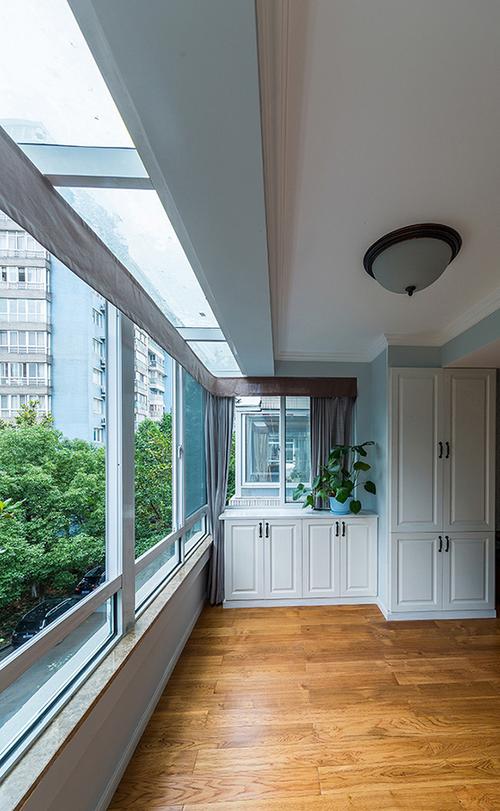2024年4月10日发(作者:)
橡胶木的加工工艺流程
英文回答:
Rubberwood, also known as parawood or Hevea
brasiliensis, is a type of hardwood that is commonly used
in furniture manufacturing. It is a sustainable and
environmentally friendly choice due to its fast growth rate
and the fact that it is harvested from rubber tree
plantations after the trees have reached the end of their
latex production cycle.
The processing of rubberwood involves several steps to
transform the raw material into finished products. Here is
a general overview of the processing techniques used:
1. Harvesting: Rubberwood trees are typically felled
when they are around 25-30 years old and have stopped
producing latex. The trees are cut down and the logs are
transported to the processing facility.
2. Log preparation: At the processing facility, the
logs are debarked to remove the outer layer of bark. This
can be done manually or using specialized machinery. The
debarked logs are then cut into smaller sections, known as
billets, for further processing.
3. Kiln drying: Rubberwood has a high moisture content,
so it needs to be dried before it can be used for
manufacturing. The billets are placed in large kilns where
they are subjected to controlled heat and airflow to remove
the moisture. This process typically takes several weeks.
4. Grade sorting: Once the billets are dry, they are
sorted into different grades based on their quality and
appearance. Higher-grade pieces are typically used for
furniture manufacturing, while lower-grade pieces may be
used for other applications such as flooring or packaging
materials.
5. Machining: The graded billets are then processed
further using various machining techniques. This can
include cutting, planing, shaping, and sanding to achieve
更多推荐
橡胶木,工艺流程,加工








发布评论